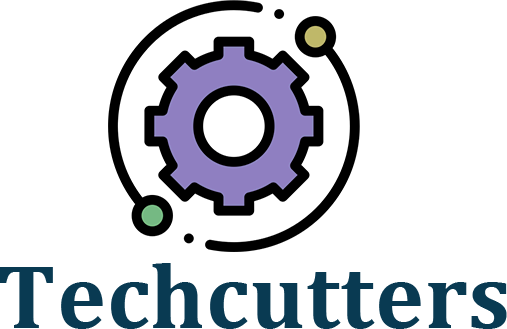The Role of AI and Machine Learning in Multi-Cloud Optimization

A Flexera report states that 89% of companies already use a multi-cloud strategy to increase the efficiency of their business. According to the 2022 report, 61% of businesses use either one (34%) or two (27%) clouds to run their business.
When so many businesses have already adopted this technology, it is needless to state how important it is for growth. But what makes these clouds so special? Of course, integrating artificial intelligence and machine learning plays an important role in streamlining the complexities of handling multiple clouds.
But is it the only role of AI and ML in the multi cloud environment? The answer is NO. Keep reading to learn why AI and ML have become important multi cloud service management elements.
How AI and ML helps in multi cloud environment?
With the expansion and hype of Artificial Intelligence and Machine Learning, we all know these are some crucial aspects we cannot neglect. Talking about cloud, we all use it in individual or organizational levels up to some extent. Of the multiple benefits it offers, here are a few important ones.
-
Better visibility and control
When an organization uses multiple cloud environments, it becomes difficult to keep a watch on all. The IT teams face issues in monitoring and managing the different environments. Thus, the organization has less visibility and control while making correct business decisions.
But AI and ML solved this problem. It gives insights into cloud resource usage patterns, identifies potential threats and loopholes, and recommends optimal resource allocation strategies. Knowing past trends and historical data makes it easier for organizations to make informed decisions.
-
Automating repetitive tasks
When you opt for multiple technologies and resources, of course the time needed to manage them also increases. If this is the case, the IT team will always be occupied in managing the different cloud infrastructures. The manual workload will increase, and there will be no time left.
However, AI and ML enabled the automation of many tasks like provisioning and de-provisioning resources, monitoring resource usage, and looking after security policies. Once these tasks get automated, the IT team can pay more attention to strategic initiatives.
-
Optimize the cloud environment
Apart from automating tasks, AI and ML also help identify patterns and trends in resource usage. They gather data from multiple cloud platforms and analyze them. It helps to know which resources are underutilized or overutilized. Accordingly, organizations can optimize their cloud environment by reallocating resources to the needed areas. It helps the organizations cut costs and improves the overall performance.
-
Enhanced security
We all know that cyber threats are increasing day by day. Despite the robust security measures, hackers can breach your data. In such scenarios, it becomes important for organizations to ensure their data is safe in the cloud environments.
To ease this burden, AI and ML help the organizations. They detect potential security threats and respond to them in real-time. But how do they know about these threats? AI analyzes large volumes of data and identifies patterns that indicate a potential threat. This process is automated and continuous, reducing the risk of data breaches. Thus, the organizations can be sure about the integrity of their multi cloud service management.
Moreover, they provide access only to authorized users. This helps protect identity so that no unauthorized user can access the data.
-
Affordability
Cost is a major factor for any organization. Organizations will switch to technologies that will help them reduce these costs.
Most cloud platforms charge you for your usage. Some follow a subscription, while others follow a pay-per-use model. Therefore, it becomes easy for organizations to identify their needs and choose a suitable payment model. This way, the organizations only pay for what they need, escaping from paying for unnecessary resources.
-
Team integration
With the cloud, users can share information. This stays true for multi cloud, too, and it is all possible because of the integration of artificial intelligence and cloud computing. Thus, the teams can work efficiently.
-
Enhanced data management
Let us all accept that managing data is the most tedious task. But this challenge is solved here. AI and ML applications run over the cloud automatically manage data. It identifies, updates, and catalogs the data and then provides real-time insights to the users.
Conclusion
Thus, when multiple technologies are combined, the results are even better. Doing this gives efficient, productive, accurate, and secure results. Thus, it is something that cannot be neglected.
As mentioned, the role of AI and ML in multi-cloud environments is impactful. If you are also looking forward to using it in your multi-cloud environment, contact itechops. Their expert team will help you with the best guidance tailored to your organizational needs. Now, automate your tasks to save time and use it for the growth of your organization in other aspects!





